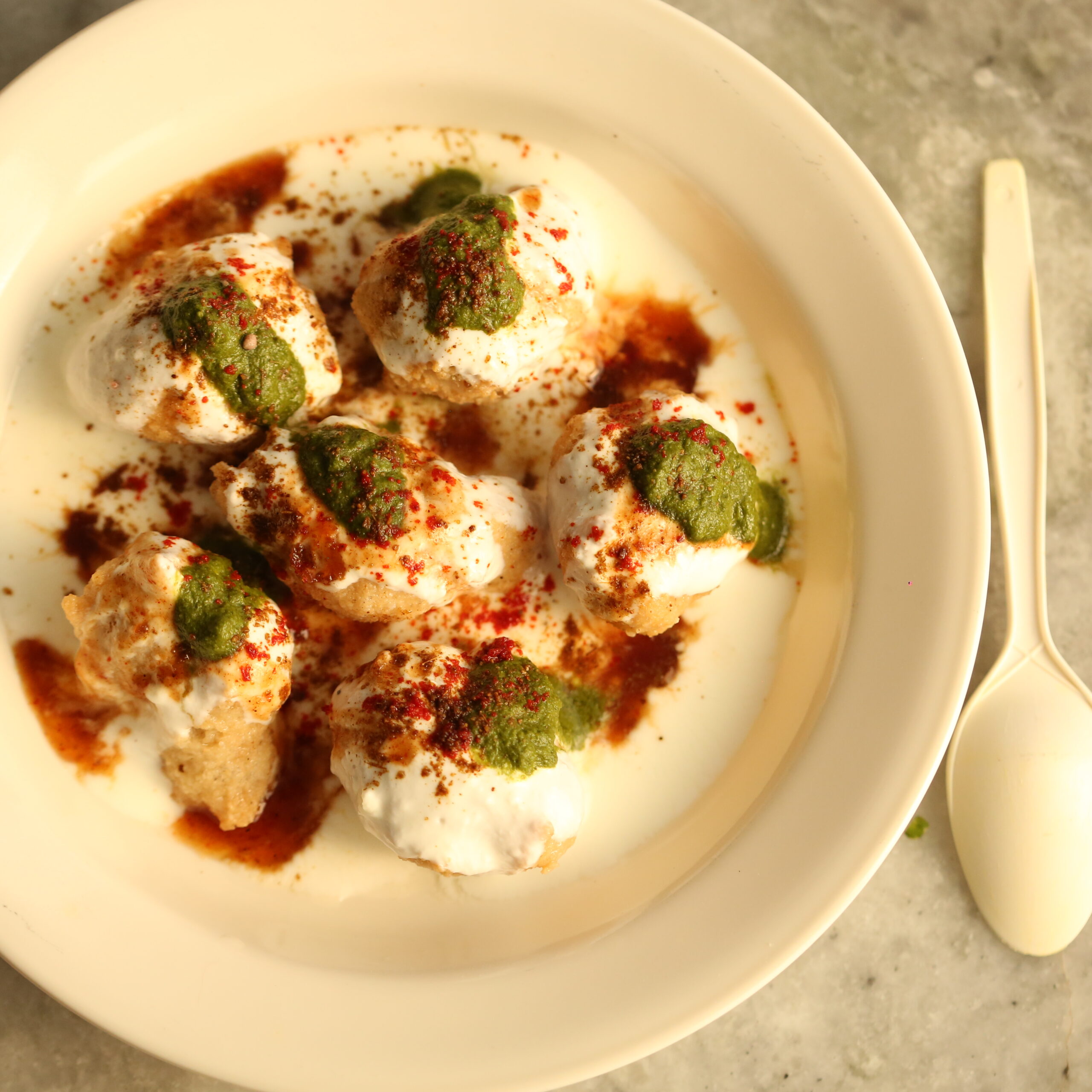
This barnyard dahi vada is a take on the classic dahi vada, a beloved street food snack and festive delicacy. By adding barnyard millet to the batter, the recipe allows you to prepare exceptionally soft and spongy vadas that are also gut-friendly. These vadas are served with chilled sweetened curd, tangy and spicy chutneys, crisp boondis, and fresh coriander. The contrast in flavours and textures, as well as the dish’s refreshing quality, make this snack an evergreen favourite.
For the vadas
| Urad dal | ¾ cup |
|---|---|
| Barnyard millet | ¾ cup |
| Green chili, chopped | 1 |
| Water | 5 tablespoons |
| Ginger, grated | 1 inch |
| Salt | 1 teaspoon |
| Hot water, for soaking | 5 cups |
| Salt, for soaking | 1½ teaspoon |
| Oil, for deep frying |
Toppings and garnish
| Curd, whisked | 1½ cup |
|---|---|
| Sugar | 2 tablespoons |
| Salt | 1½ teaspoon |
| Green chutney | 2 tablespoons |
| Tamarind chutney | 2 tablespoons |
| Chili powder | 1½ teaspoon |
| Cumin powder | 1½ teaspoon |
| Chaat masala | 1 teaspoon |
| Boondi | 2 tablespoons |
| Coriander, finely chopped | 2 tablespoons |
What You Will Need
Frying Pan, bowl for soaking vadas, electrical beater or whisk.
Instructions
For the vadas, start by washing and soaking the urad dal and millet separately in hot water for 6-8 hours. Drain the water and grind the urad dal and millet, along with ginger, chilli, and salt in a mixer-grinder to form a smooth batter. Add a little water if needed.
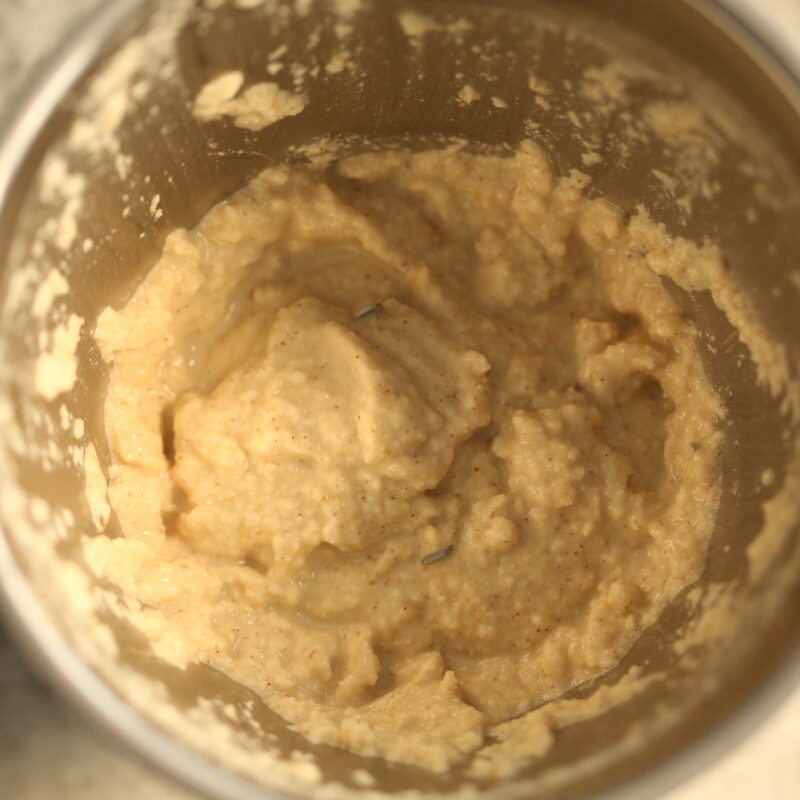
Transfer the batter to a bowl and beat it using a whisk or an electric beater. Continue beating until it doubles in size, and becomes lighter and fluffier.
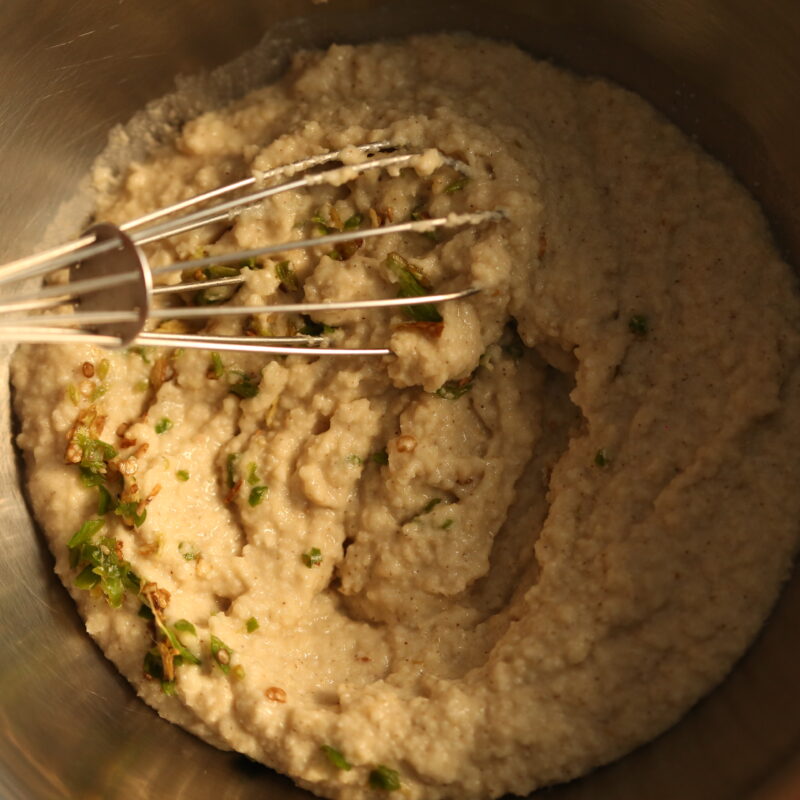
Heat oil in a deep frying pan. In a separate bowl, mix hot water and salt, and set it aside.
To test the consistency of the batter, drop a small amount of the batter into a bowl of water. If it floats, the batter is ready for frying. Otherwise, continue beating the batter until it reaches this state.
Wet your hands and take a spoonful of batter, shape into a ball, and gently drop it into the hot oil. Fry until golden brown and crispy. Repeat with the remaining batter.
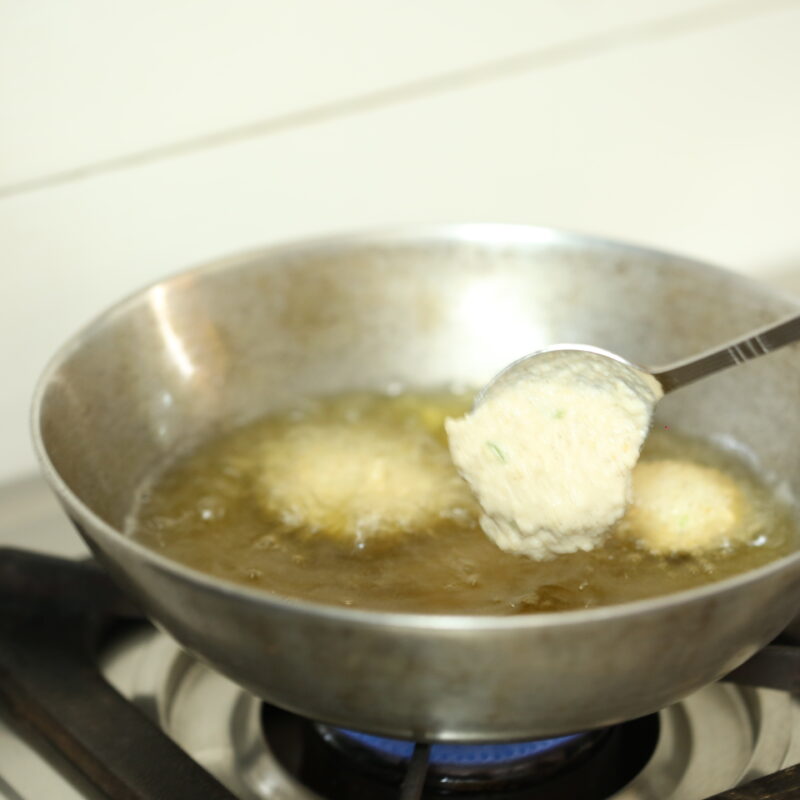
Soak the fried vadas in the water meant for soaking for about 15-20 minutes, until they are soft and spongy.
Gently squeeze out the excess water from the vadas and place them on a serving plate.
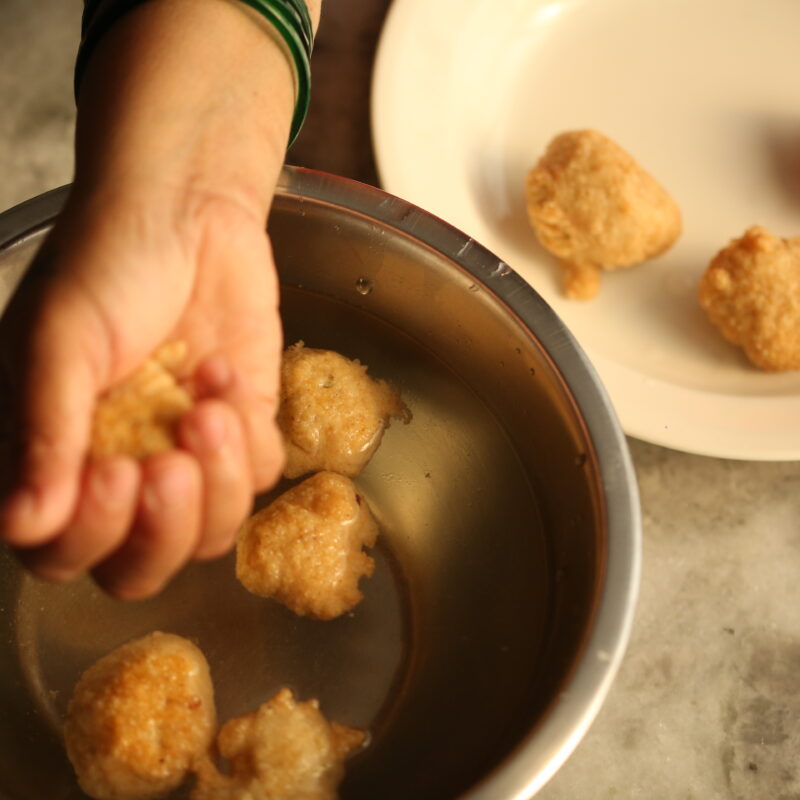
To assemble the dahi vada, start by mixing the curd with sugar and salt, in a separate bowl.
Pour the sweetened curd over the vadas. Drizzle the tamarind chutney and green chutney over the curd. Sprinkle the chilli powder, cumin powder, and chaat masala over the top. Garnish with crispy boondi and finely chopped coriander.
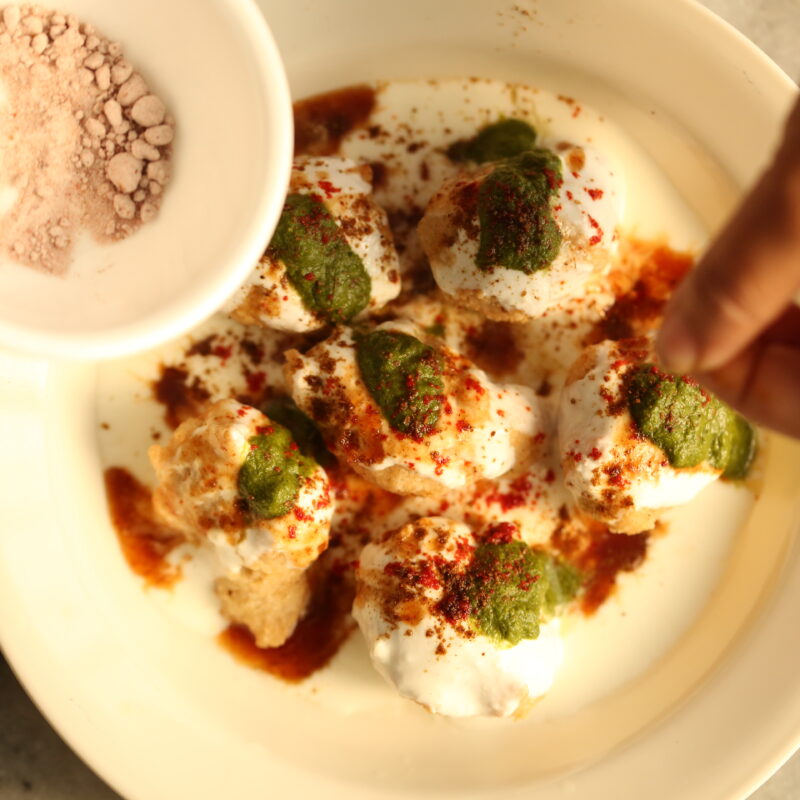
Tips and variations
Make sure to soak the urad dal and millet separately for at least 6-8 hours. This will allow the grain and dal to grind easily, and provide us with the desired texture for the vada.
When grinding the urad dal and millet, add water in small batches until you get a smooth and thick consistency. Avoid adding too much water as it can make the batter too thin and affect the texture of the vada.
Instead of barnyard millet, you can use little millet for a similar result.
If you prefer your dahi vada a little less sweet, you can leave the curd unsweetened.
Chef Ankita Jain has spent more than 15 years working as a chocolatier. While she enjoyed shaping the kitchen at Harsh Chocolates, her passion for healthier food led her to start Bicycle Kitchen. Over the past three years, she has experimented with millet-based recipes and perfected them.

This recipe is part of the Millet Revival Project 2023, The Locavore’s modest attempt to demystify cooking with millets, and learn the impact that it has on our ecology. This initiative, in association with Rainmatter Foundation, aims to facilitate the gradual incorporation of millets into our diets, as well as create a space for meaningful conversation and engagement so that we can tap into the resilience of millets while also rediscovering its taste.

Rainmatter Foundation is a non-profit organisation that supports organisations and projects for climate action, a healthier environment, and livelihoods associated with them. The foundation and The Locavore have co-created this Millet Revival Project for a millet-climate outreach campaign for urban consumers. To learn more about the foundation and the other organisations they support, click here.
You must be logged in to rate this recipe.

Sign in with email

